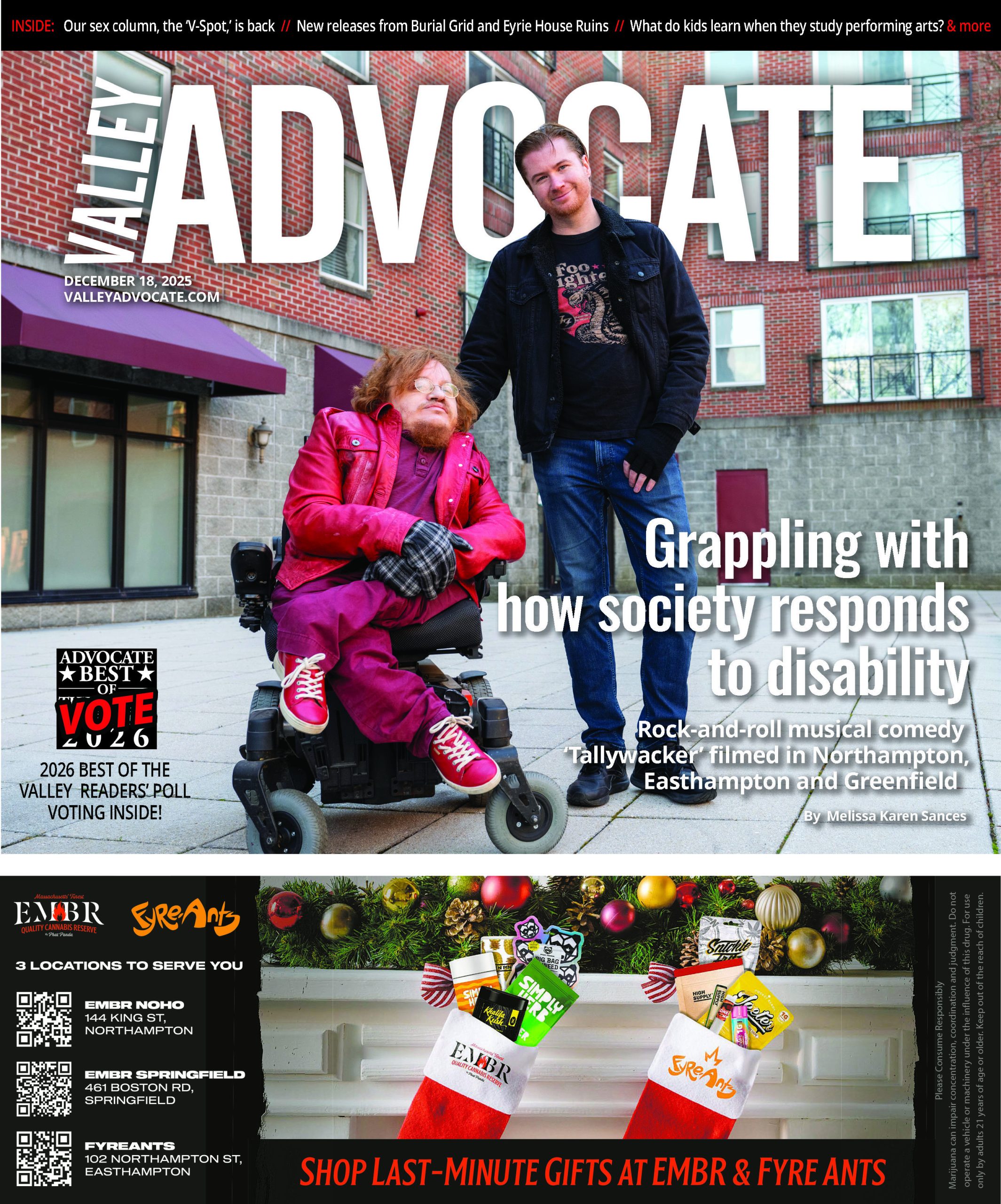Hormone mimics wreak havoc on women’s health.
By Amara Rose
By age 36, I was living in hormone hell. I bled in between menstrual cycles, had constant vaginal irritation, polycystic ovaries, night sweats, insomnia, painful joints, debilitating fatigue and brain fog. My digestion was terrible. Most distressing of all, my facial and body hair started becoming androgenic. Although I’d switched from allopathic to complementary medicine several years earlier, as my symptoms multiplied and worsened I turned to conventional medicine in a panic.
The chief of endocrinology at a major medical center suggested birth control pills. An allergist/immunologist intoned, “Once this mechanism (hormone imbalance) is triggered, there’s nothing you can do.” An infertility specialist placed me on the drug Spironolactone and I broke out in hives. One doctor wanted to give me weekly cortisone shots for the intense pain in my arms.
Frustrated with the dearth of useful mainstream medical guidance, I embarked on a labyrinthine healing quest that became a spiritual journey. I discovered a naturopathic physician who declared that I was not perimenopausal—just overloaded with toxins. I needed to cleanse my liver; reduce my exposure to hormone-disrupting chemicals; restore my digestive, adrenal, and thyroid functions, and lower my stress level. As we worked together, one by one my symptoms disappeared and radiant health returned.
Yet even on the far side of this healing adventure, it took me a while to understand how hormone imbalance, the environment and our inner ecology are inextricably linked—and how I’d unwittingly contributed to my illness.
Unnatural Disaster
Hormone disruptors—chemicals that mimic our natural hormones—are everywhere, from the dioxins in chlorine-bleached paper to the solvents in Styrofoam, from the phthalates in plastics to the parabens in personal care products. If you buy a cup of coffee at Starbuck’s that’s been brewed through a bleached filter, you’re drinking dioxins; you double your chemical dose if the coffee’s served in a Styrofoam cup.
“We are the first generation to be exposed on a daily basis to a very chemically dependent society,” explains Holly Lucille, N.D., R.N., author of Creating and Maintaining Balance: A Woman’s Guide to Safe, Natural Hormone Health. “What we’re talking about is an overall low-dose exposure and a cumulative effect. These chemicals have the ability to pass through our skin and accumulate in our fat cells. They block the enzymatic pathways in our liver and attach to hormone receptors in our body.”
Lucille planned to have a general practice, but began seeing so many women with hormone-related issues she chose to concentrate on women’s health. Environmental toxins tend to affect women more readily than men because they’re estrogen imposters, in some cases increasing and stimulating hormone production, in others shutting off receptor sites, and everything in between.
Poisoned in the Womb
We’re “disrupted” before we take our first breath, according to Sherrill Sellman, N.D., psychotherapist, and author of Hormone Heresy: What Women Must Know About Their Hormones. Sellman says, “The placental barrier does not protect the fetus from hormone mimics. In one study of pregnant women, the average woman had 286 chemicals in her fetal blood. There is no child born anywhere in the world today without synthetic chemicals in their bloodstream.
“In utero, we are hardwiring fetuses to manifest all sorts of aberrations, but it only becomes apparent at puberty when physical changes start to normal—but one out of six 8-year-old Caucasian girls are pubertal! (For African-Americans, this number rises to one in two). My friend’s 5-year-old daughter was diagnosed with precocious puberty.”
The earlier you are exposed to excess estrogen, the greater your lifetime risk of developing hormone-caused cancers: breast, ovarian, uterine. Grasp the connection, and you realize the upsurge in breast cancer, for example, is preventable—with a complete cultural reorientation. Sellman asserts, “Hormone disruptors are invisible saboteurs. Seeing deception is your only protection.”
William J. Rea, M.D., agrees. Rea founded the Environmental Health Center-Dallas in 1974, when endocrine disruptors weren’t on many people’s radar. He became passionate about the subject because his 5-year-old son, Joe, developed asthma. Rea had been doing research on artificial lungs, kidneys and hearts, and found that plastic clotted blood vessels. He theorized: Why couldn’t these same chemical by-products be breathed in?
Today Joe, 40, is an asthma-free mountain climber, and Rea’s team of environmental health experts treats patients from all over the world. He estimates that chemical sensitivity affects 40 percent or more of the population, whether they’re aware of it or not. “Men come in with heart, lung, kidney failure, women with PMS, endometriosis, fibromyalgia, chronic fatigue. I think it’s the same thing.”
Coming Clean
Connecting the dots requires personal detective work. During my years of toxic waste buildup, I thought I was doing everything right: eating organic foods, exercising, trying to get enough sleep, not smoking. But I also permed my hair, swam regularly in a highly chlorinated pool, poured Drano down my clogged sink and scrubbed mold off my walls with bleach.
So how do we reclaim our health?
- Educate yourself. Lucille recommends the following websites: Safecosmetics.org, Organicconsumers.org/bodycare, Envirocancer.cornell.edu, Environmentalhealthnews.org, Nottoopretty.org, Thegreenguide.com, Noharm.org, Healthytomorrow.org, Pesticide.org, EWG.org.
- Detoxify! There are various protocols, depending on the type of practitioner you see, but they will all involve opening the five channels of elimination: liver, bowel, kidneys, lungs, skin. Lucille believes, “Hydrotherapy is extremely important: low-temperature saunas, alternating hot and cold showers, Epsom salt baths, colonic irrigations.” She also recommends the herb milk thistle, which can help regenerate liver cells and is safe enough to take daily.
- Improve your digestion. At my sickest, I was eating well, swallowing the best supplements—and not absorbing one iota. Lucille explains, “Digestion couldn’t happen without the endocrine system, which produces hormones that control the necessary chemical activities. If one system is not working properly, the other is affected. That’s why heartburn or constipation, combined with fatigue, irritability, or foggy thinking, can be linked to underlying hormone imbalance. Taking antacids will not address the cause.”
- Choose a non-toxic lifestyle. Rea, who has written several books on healthy home environments, urges people to “demand good construction.” Forego carpets, which contain formaldehyde, synthetic dyes and glues if new, and can harbor dust, dirt and mold if older. Sellman counsels, “Eliminate commercial cleaning products from your home, and make sure your personal care products are clean. Skin absorption is 600 times higher than what you ingest, because skin is a permeable membrane: a direct route to our inner terrain.”
One of many healing changes I made was trading dioxin-laced tampons for reusable cloth menstrual pads. It was part of reclaiming my feminine essence. Sellman affirms, “Menstrual cycles are an essential experience and expression of a women’s innate wisdom.
There is a Native American saying: ‘At menarche, a woman enters her power; during her menstruating years, she practices her power; at menopause, she becomes her power.’”
I’m still not menopausal at almost 49—and if I do experience a hot flash at some future date, I’ll consider it my power surge.
Amara Rose offers life purpose coaching, e-courses, talks, tapes/CDs, and a free inspirational monthly e-newsletter, “What Shines”. For further information: www.liveyourlight.com


